Carlow, Province of Leinster, Ireland 作者: 来源: 发布时间:2021-01-20
I. Population and Area
Population in 2016: 56932
Population Density: 70 persons per km 2 in 2016
Total Area: 346.33 sq miles (896 km 2)
II. Natural Geography (Environment, resource and transportation)
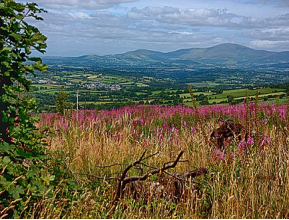
County Carlow is in Southeast Ireland. Settled for 8,000 years, the county retains evidence of its earliest inhabitants, yet rapidly adapts to meet the demands of modern life. Noted for its nature, culture, vibrant nightlife and modern amenities, County Carlow is a pleasant place to visit, where history and contemporary life sit side by side.
The county is named after the town of Carlow, which lies on the River Barrow and is both the county town and largest settlement, with over 40% of the county's population. Much of the remainder of the population also reside within the Barrow valley, in towns such as Leighlinbridge, Muine Bheag, Tinnahinch, Borris and St Mullins. Carlow shares a border with Kildare and Laois to the north, Kilkenny to the west, Wicklow to the east and Wexford to the southeast.
Carlow is known as "The Dolmen County", a nickname based on the Brownshill Dolmen, a 6,000 year old megalithic portal tomb which is reputed to have the heaviest capstone in Europe, weighing over 100 metric tonnes. The town of Carlow was founded by the Normans in 1207 and the county was shired shortly thereafter, making it one of the oldest counties in Ireland. During the 14th century, the county was the seat of power of the Kingdom of Leinster, as well as the capital of the Lordship of Ireland from 1361 to 1374.
At the base of Browne's hill, two miles east of Carlow, the granite is covered with stratified silicious limestone, dipping 60° west of north at an angle of 10° from the horizon: the colour is light greyish
Transportation:
County Carlow is located along the main Dublin to Waterford motorway, the M9. The M9 bypasses Carlow town to the south and has aided the growth of other commuter towns located near junctions along the M9, such as Leighlinbridge and Ballinabranna. The N80 cross-cuts the county for 33 km (21 mi), running from Carlow town to the Wexford border at Bunclody. The N81 was built to replace the old local railway line and traverses the county for 22 km (14 mi) from Ballon, through Rathvilly and Tullow, up to the County Wicklow border and on to Dublin city.
Bus Éireann, as well as private coach operators, provide bus services to villages and towns across the county.
The county is served by the following national primary roads and secondary roads:
Rail
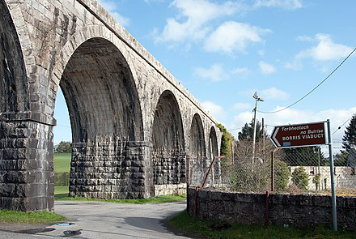
The 800 m (2,600 ft)-long Borris railway viaduct was completed in 1860
Rail coverage in Carlow is sparse, with only one active rail line currently serving the county. The Great Southern and Western Railway extended to Carlow town in August 1846. This line remains in use and serves both Carlow town and Muine Bheag along the main Dublin–Waterford railway line. The line is operated by Irish Rail and runs eight trains per day (Monday to Friday) from Carlow to Heuston Station. It is primarily used by commuters to Dublin city.
Air
For international flights, Dublin Airport is the closest international airport to Carlow. The airport is less than 2 hours by car from most towns and villages in the county. The airport can also be accessed via bus from some of the larger towns, or by linking the train from Carlow town or Muine Bheag to the Aircoach in Dublin city. Waterford Airport is the closest regional airport; however, it is currently non-operational.
III. Economy
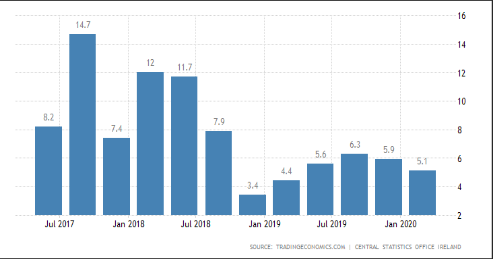
Reference website: http://www.carlow.ie/wp-content/uploads/2015/08/carlow-county-dev-plan-2015-2021.pdf
IV. Industrial Characteristics:
1) E-commerce Fulfilment
At Carlow Warehousing we have developed bespoke software and infrastructure to make our e-commerce fulfilment centre the most efficient and effective in the country. Combined with our expertise, our modern plant and highly trained staff, we can provide the optimum solution for your business in terms of unit cost, guaranteed next day delivery / same day dispatch and accuracy of fulfilment.
When it comes to merging systems, amalgamating your software with ours is quick and easy. We can also help you with all aspects of e-commerce if required.
2) Traditional Warehouse Storage & Logistics
We have expanded our warehouse storage considerably over the past 20 years,with modern facilities and technology that can be fully adapted to your needs. With the introduction of our new warehouse in 2014, our storage capacity reached 50,000 square metres. This equates to 40,000 pallets.
V. Attractions:
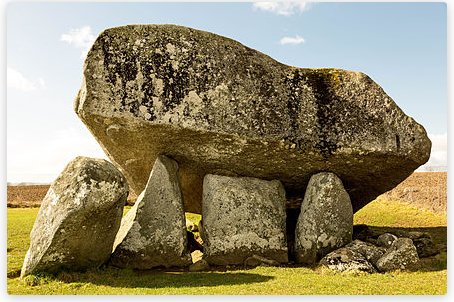
Carlow is nicknamed the "Dolmen County", reflecting the abundance of dolmens found within its borders. Dolmens or "portal tombs" are above-grove burial chambers which were used by Neolithic farming communities. The Brownshill Dolmen, situated on the Hacketstown Road (R726), has a capstone which weighs an estimated 100 metric tons, and is reputed to be the heaviest in Europe. The tomb is listed as a National Monument. There are at least 10 megalithic tombs within the county, of which 7 are dolmens. Carlow and Kilkenny have 14 dolmens between them, many of which are among the most impressive in Ireland. This is unusual for such a small area. In contrast, County Galway, over twice the size of Carlow and Kilkenny combined, has 7 dolmens, and Cork - Ireland's largest county - has just 2. This suggests that the fertile plains of the Barrow and its tributaries were well inhabited during the prehistoric era.
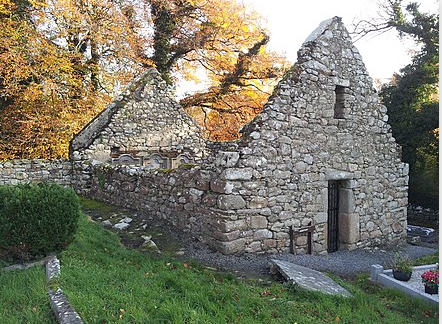
Old Leighlin was the site of one of the largest monastic settlements in Ireland, founded by St Goban in the 6th century. In 630 AD a church synod was held at Old Leighlin which determined the date of Easter. The main abbey of Old Leighlin was destroyed by fire in 1060 and replaced in the 12th century with St Laserian's Cathedral.The cathedral remains in use to this day and was modified over centuries, with each change adding unique elements to the building. Among the most recent additions are the stained glass windows created by Catherine Amelia O'Brien in 1934. Once the cathedral church of the former Diocese of Leighlin, it is now one of the six cathedrals in the Diocese of Cashel and Ossory of the Church of Ireland.
VI. History
The name Carlow is considered to be derived from the old Irish place name Ceatharlach, meaning ‘four lakes’ or ‘city on the lakes’ and is bordered on the east by the Blackstairs mountains and on the west by the Killeshin Hills. Carlow has a long and fascinating history dating back to the Neolithic period in Ireland. Rich in historic monuments Carlow holds many megalithic tombs the most famous being the Brownshill Dolmen situated three kilometres from the town centre. The capstone is the largest to be found in Europe. It has been calculated to weigh 100 tons. Browne’s Hill Dolmen is of international importance and is of particular importance to local tourism.
The influence of the Early Christian period is evident throughout Carlow with old churches and monastic settlements such as St Mullin’s, founded by St Moling in the 7th century and St Lazerian’s in Old Leighlin being two examples. In 1361 the Exchequer moved from Dublin to Carlow under the direction of the Duke of Clarence, son of Edward III. He built a wall surrounding the town but despite this, persistent raids by the Kavanaghs of Leinster ensured its relocation back to Dublin some time after. Always under threat of attack from the Kavanaghs in the South and the Moores in Laois, Carlow was no stranger to battles and even suffered an invasion by Lord Thomas Fitzgerald (Silken Thomas) in 1534 during Henry VIII’s reign.
VII. Other information
Carlow, Irish Ceatharlach, urban district and county seat, County Carlow, Ireland, on the left bank of the River Barrow. An Anglo-Norman stronghold, the town received charters of incorporation in the 13th and 17th centuries. The keep (innermost citadel) of a 13th-century stronghold remains at the confluence of the Barrow and Burren rivers. Local industries include sugar beet and flour processing and the manufacture of footwear and machinery. Pop. (2006) 13,623; (2011) 13,698.
VIII. Contact information
-Mayor
Andrea Dalton
Address: Barr na Cassa, Tinryland, Co Carlow
Email: adalton@carlow.ie
Phone: 086 8512813
Reference website: http://www.carlow.ie/members/
